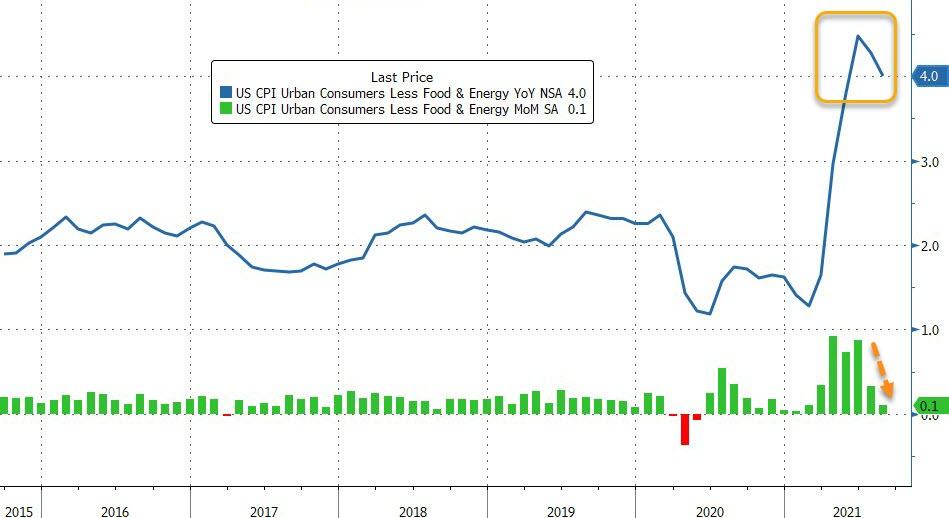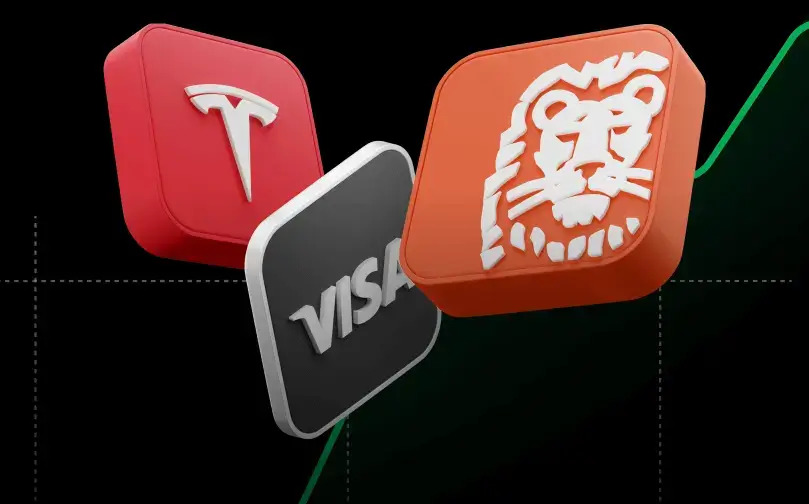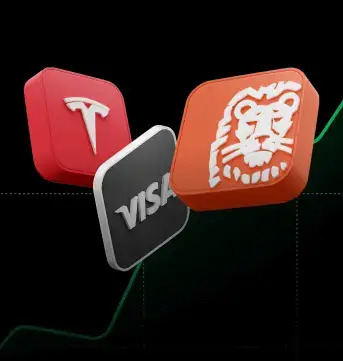U.S. Bureau of Labor Statistics reported today that its consumer price index fell slightly to 5.3% YoY in August from 5.4% reported in June and July, matching market expectations. On a monthly basis, consumer prices fell to 0.3 % in August from 0.5% in July. A slowdown was seen in cost of used cars and trucks (31.9% percent vs 41.7% in July) and transportation services (4.6% vs 6.4%). While upward pressure came from food, new cars and energy. Closely watched core rate of inflation rose 4.0% from a year earlier in August, its smallest increase since May and below analysts' estimates of a 4.2% advance. However CPI report showed that in some sectors, like housing, inflationary pressures are increasing Owners’ equivalent rent increased another 0.3 % from July for a year-over-year increase of 2.5%. Shelter costs jumped 2.8 % from a year ago.

The US consumer price inflation rate still remains near 13-year high and reflects the low base effect, the re-opening of the economy and continued supply constraints. Source: Bloomberg via ZeroHedge
 Core CPI retreated slightly from its recent highs, but still remains elevated. Source: Bloomberg via ZeroHedge
Core CPI retreated slightly from its recent highs, but still remains elevated. Source: Bloomberg via ZeroHedge
Today's reading may suggest the inflation surge may have reached local peaks and will now slowly retreat, in line with Fed forecasts. At its September meeting, the FOMC will be deliberating on how to best handle tapering asset purchases in the middle of higher-than-expected inflation and a weaker-than-anticipated labour market. Today's reading reduces the pressure on the Fed to introduce tapering this year. On the other hand, tenuous supply chains could linger well into 2022 and keep inflation elevated.
Daily summary: Wall Street tries to stop the sell-off 📌Gold down 1.8%, Bitcoin loses 4.5%
BREAKING: Canadian Wholesale & Manufacturing Sales higher than expected 📊USDCAD reacts
BREAKING: EU GDP data slightly above expectations! 📈💶
DE40: European markets extend decline


